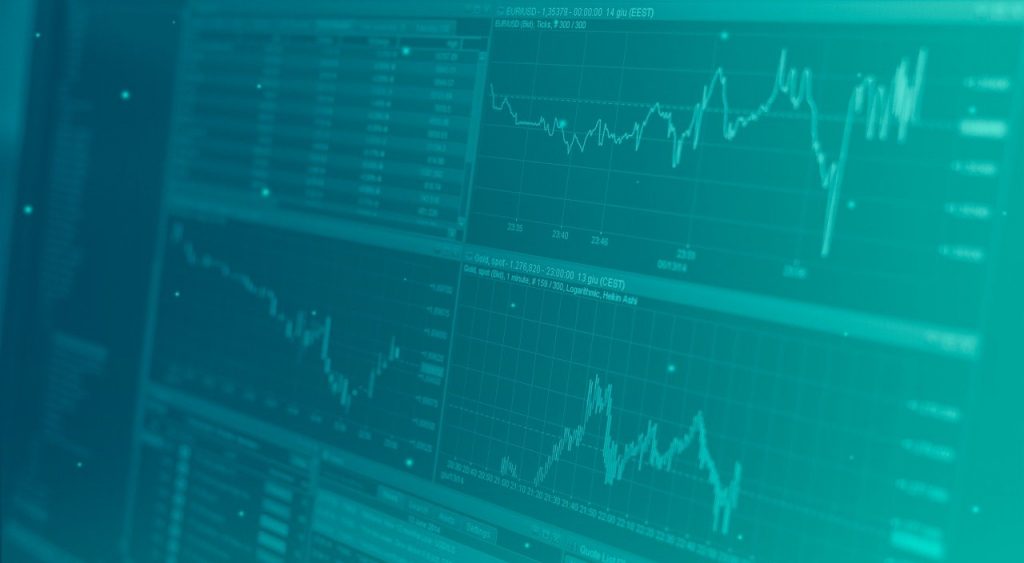CFD stands for Contracts for Difference. CFDs are financial derivatives that allow traders to speculate on the price of an asset without actually owning it. CFD allows traders to benefit from an underlying asset’s price movement.
However, this is not a license to gamble. The key concepts behind CFD trading are very similar to those of trading stocks and indices. The only difference is the type of the underlying asset, which presents unique characteristics in terms of volatility and leverage possibilities.
This article will cover the common concepts in CFD trading.
Spread and Commission
Two prices are used in quoting the price of a CFD; the buy and the sell price.
The sell price is also referred to as a bid price and is the price at which a trader opens a short CFD. On the other hand, the buy price, also known as the offer price, is the price at which a trader opens a long CFD.
A long CFD commonly referred to as going long seeks to profit from a rise in the price of an underlying asset. In a long CFD, traders buy CFDs on a company’s share that they think will rise in price.
A short CFD, going short, seeks to profit from a fall in the price of the underlying asset. In going short, the trader sells a CFD.
The buy price will always be slightly higher than the market price, while the sell price will be slightly lower. A spread is the difference between the buy and sell price of the CFD.
For example, if the buy price of a CFD is 352 while the sell price is 351, the spread of this CFD will be 352 minus 351, which is 1.
In most cases, the spread covers the cost of opening a CFD trade position. In such cases, the provider adjusts the sell and buy prices to cover the cost of opening the trade.
However, in some cases, the spread does not cover the cost of opening the CFD. In this case, the buy and sell prices match the underlying asset’s price, and the cost of opening a CFD position is commission-based.
Deal Size
Traders use standardized contracts, known as lots, to trade CFDs. In CFD trading, individual contract size varies depending on the underlying asset a trader is trading. However, the size always mimics how the actual asset is being traded on the market. As a result, trading CFD is similar to traditional trading compared to trading other derivatives like options.
For example, if gold is traded on the commodity exchange market in lots of 1000 troy ounces, an equivalent CFD will have a value of 1000 troy ounces.
In the case of share CFDs, the contract size will represent one share. For example, to open a position that mimics 1000 XYZ shares, you will buy or sell 1000 XYZ CDF contracts.
Duration
Unlike options, most contracts for differences don’t have a fixed expiry period. To close a CFD contract, all you need to do is open a position in the opposite direction. For instance, to close a buy position of 1000 XYZ shares, you sell 1000 XYZ CFD contracts.
However, if you hold a daily CFD position past the deadline time, which depends on the international markets, you will be charged a funding charge. The charge reflects the cost of capital needed to keep a leveraged trade open, which in effect, your provider has lent you.
However, this is not the case in a forward contract. Forward contracts have expiry dates, and the spread includes all overnight trading charges.
Profit and Loss
Calculating the profit or loss earned from a CFD trade is pretty simple. You will multiply the value of each contract, expressed per point of movement, by the deal size, the number of contracts. Then you will multiply the figure by the difference between the opening and closing price of the contract.
To get the actual profit or loss, you will subtract any fees or charges you paid. These fees may include guarantee stop fees, overnight funding charges, or commissions.
Conclusion
CFD trading is a type of investment, and the key concepts make it possible. It’s also not as hard to trade as you may think. With key concepts in CFD trading, traders can learn to take advantage of markets like never before. Once you understand how CFDs work, you can start making money.

